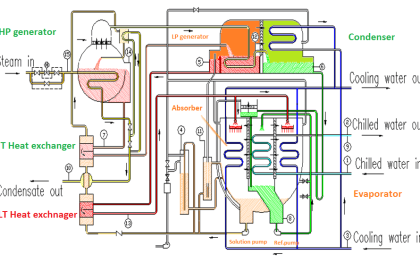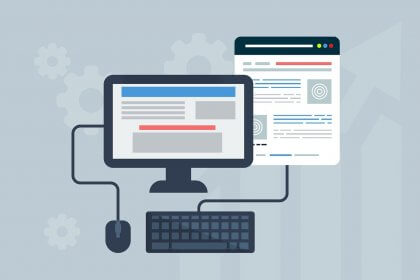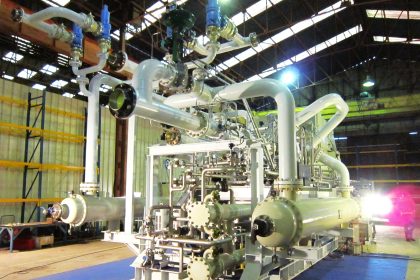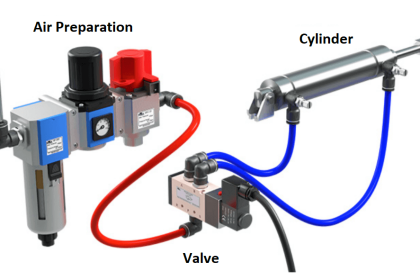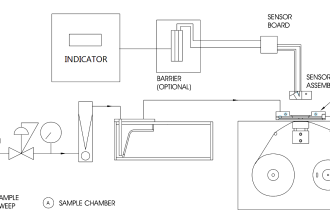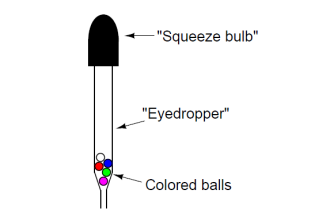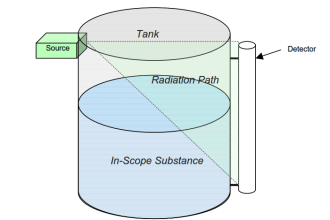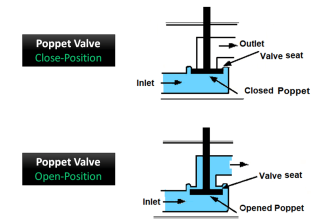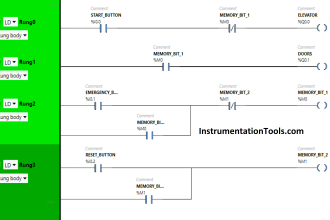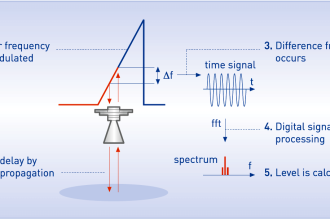Many do not know, but liquid nitrogen is widely used in the field of instrumentation. It provides a vast range of benefits, which help engineers to carry out their tasks very easily. From a wide range of industries in medical to food & beverage to industrial applications, liquid nitrogen finds its use. It meets many general safety criteria standards, which makes it a standout among other liquids and gases. In this post, we will see the use of liquid nitrogen in instrumentation.
What is liquid nitrogen?
First of all, let us understand what liquid nitrogen is. Our air is composed of the following gases – oxygen, carbon dioxide, nitrogen, and other small hydrocarbons. Due to this, air is the best source of nitrogen for us. As this nitrogen is mixed in the air, the air is first compressed to a high pressure, then exposed to moisture, hydrocarbons, and dirt removal, and then passed through a series of heat exchangers and carbon molecular sieves (micropore filters allowing smaller molecules of oxygen to be absorbed by it and larger molecules of nitrogen to pass through it, giving final pure nitrogen at its output), and then cooled to condensate it into liquid form.
This process forms a liquid nitrogen, an inert gas present in the liquid form. It does not react with other gases due to its properties, has a very low boiling point (-196 deg.C) and thus makes a favorite option for use. Due to the properties mentioned, it is always used in a cool form and this very low temperature allows for its many applications.
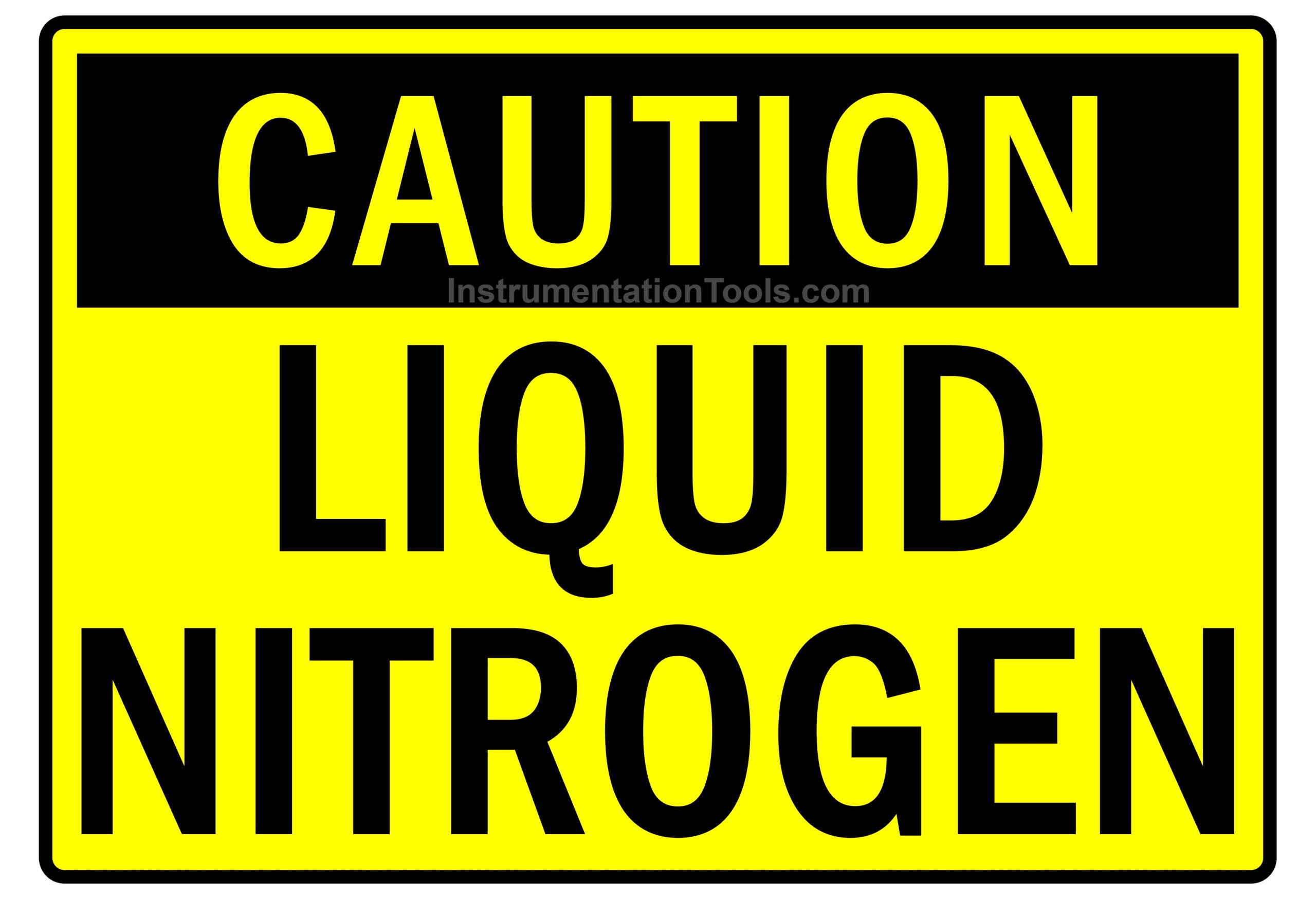
Applications of liquid nitrogen in instrumentation
- As it is very cold in nature, it is greatly used as a storage preservative for biological samples like egg cells, embryos, and tissues. Not just in the medical field, it acts as a storage preservative in areas where a cold environment is required.
- The instruments which require a calibration in a low temperature, for removing thermal noise and improving sensitivity, use liquid nitrogen, where they are dipped in them and cooled down, to improve their performance. In the other way, they are also tested as to how the instruments work in a cold environment and whether they are able to sustain their minimum working temperature or not.
- Liquid nitrogen is also used for purging or cleaning the gas or liquid pipelines. As it is very cold in nature, it immediately removes impurities, reduces combustion risk in the pipeline and also avoids their corrosion.
- As cooling contracts a thing and heating expands, this contraction property is taken advantage of and used in the electronics industry to fit small and delicate parts in a chip.
- In the last way, liquid nitrogen helps to check the working strength of the material in an extremely cold environment. If it does not sustain, then it will develop cracks and leakages in it’s hardware.
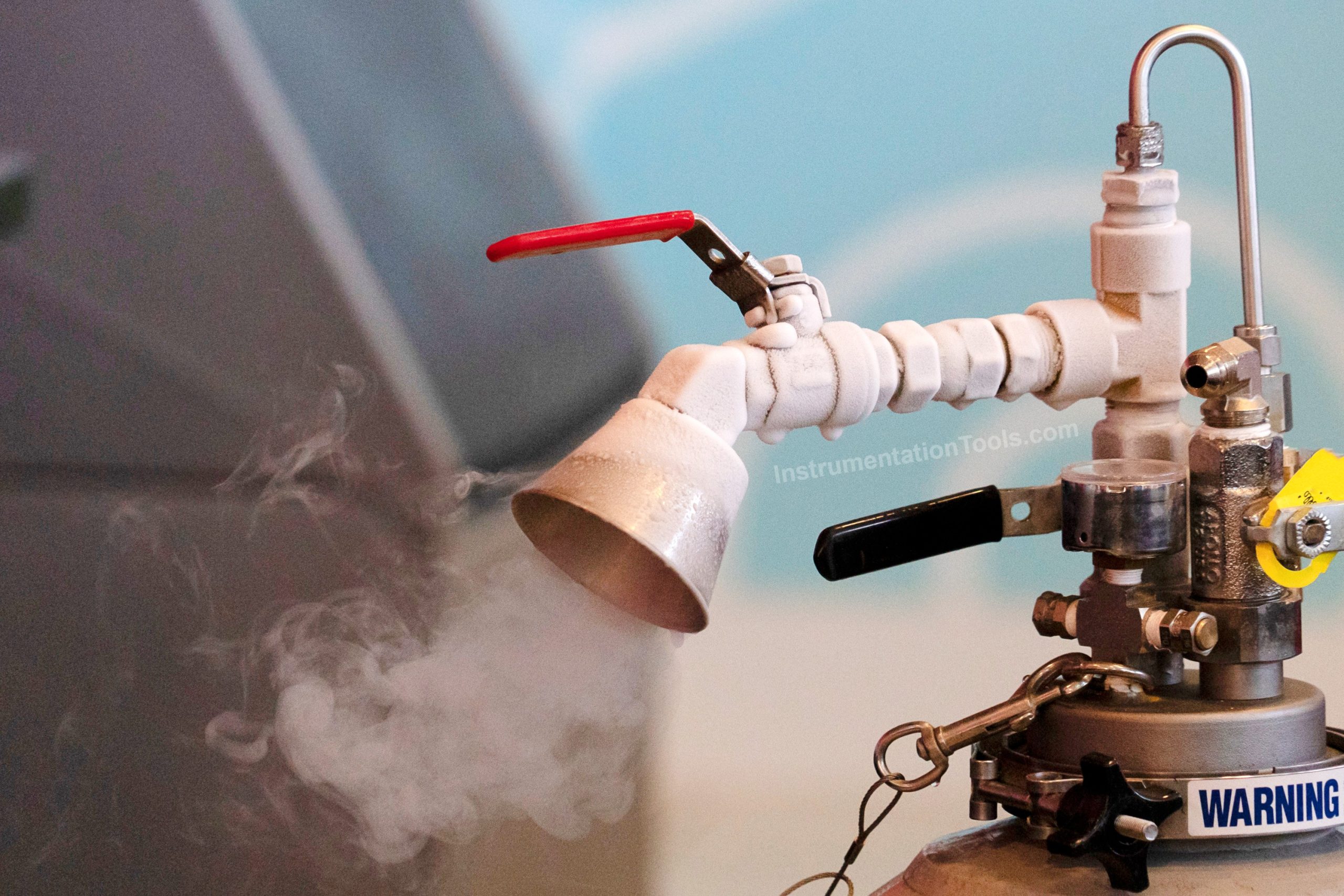
Safety considerations for handling liquid nitrogen
Though liquid nitrogen is extremely useful, it brings with it a share of risks in operation too. So, before using them, I thought of sharing some insights on how to handle them safely:
- As it is very cold in temperature (below 180 deg.C), direct contact with them can cause extreme cold burns and skin infections. So, always wear protective equipment like gloves, goggles, and PPE uniform before working with them.
- Suppose the tank where liquid nitrogen is stored starts leaking; what happens is that the nitrogen immediately starts to overfill the atmosphere above oxygen (as it is heavier in volume), and such sudden large quantities of nitrogen in a closed environment will become hazardous in terms of breathing air. So, always install oxygen sensors in the rooms where liquid nitrogen is stored. Due to this, an alarm can be created if the oxygen level dips and will safeguard the lives and nearby equipment.
- Taking this point ahead, if you are transporting liquid nitrogen, ensure it is very tightly sealed, as even a small leakage can cause great disturbances in the nearby atmosphere.
- If you are purging the pipeline and that pipeline is not cryogenic-compatible (sustainable to extreme low temperatures), then it will break immediately. So, whether using for pipeline or any other instrument, ensure it is cryogenic-compatible before subjecting it to liquid nitrogen.
In this way, we saw the use of liquid nitrogen in instrumentation.
Read Next:
- Package System Architecture Instrumentation
- Thermal Conductivity Analyzer Questions
- NO2 Analyzer Interview Questions & Answers
- Types of Flow Meters Instrumentation Quiz
- Piping and Instrumentation Diagram
